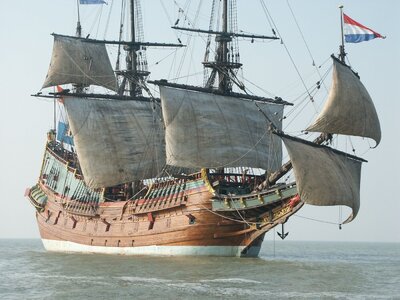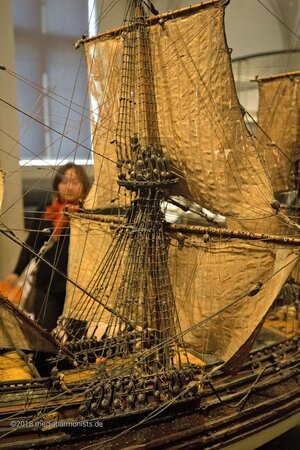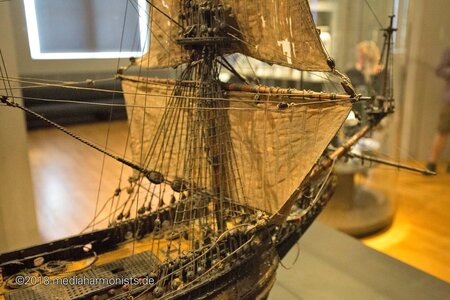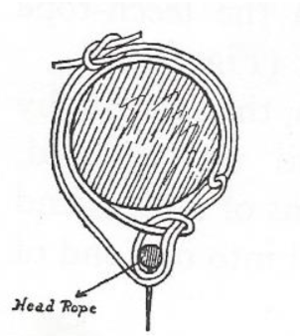Take your time, Paul. It doesn’t bores me at all!This is going to take a while!
Regards, Peter
Take your time, Paul. It doesn’t bores me at all!This is going to take a while!



Spectacular Paul. Neat, tidy and very nice to look at, well done!Robands - the new ratlines...
View attachment 314319
The view from the backside. Proper reef knots throughout:
View attachment 314316
And on the front:
View attachment 314317
One down. Nine to go.
View attachment 314318
This is going to take a while!
View attachment 314315

You use a different style of robands than I have used. Very neat!Robands - the new ratlines...
View attachment 314319
The view from the backside. Proper reef knots throughout:
View attachment 314316
And on the front:
View attachment 314317
One down. Nine to go.
View attachment 314318
This is going to take a while!
View attachment 314315
Hi Vic. Thanks for visiting. I have mostly seen 'running' robands on other ships, but I think what I did is defendable from both Anderson and Mondfeld. A vote against me comes from the Vasamuseet where the 1:10 was done with single robands. Whole thing is a guessing game for me.You use a different style of robands than I have used. Very neat!
You’re on the right track Paul. Individual robands, and lots of them, were typical for the 1620’s,Hi Vic. Thanks for visiting. I have mostly seen 'running' robands on other ships, but I think what I did is defendable from both Anderson and Mondfeld. A vote against me comes from the Vasamuseet where the 1:10 was done with single robands. Whole thing is a guessing game for me.
For the record, what I am doing takes a really long time so I'm not necessarily endorsing it... Indeed, I have spent the past month questioning my decision to do sails. A LOT of work without even knowing if I can display them convincingly. But I am learning along the way so that's fun too.

Yes, Captain Sparrow. I have been calling them reef knots (but they're just square knots). They're a bit fiddly at first but you get good at them over time (like everything on these ships).Hello @dockattner great job on the robands. I have a quick question, what is the type of knot that you used? Is it like illustrated below?
View attachment 315430

